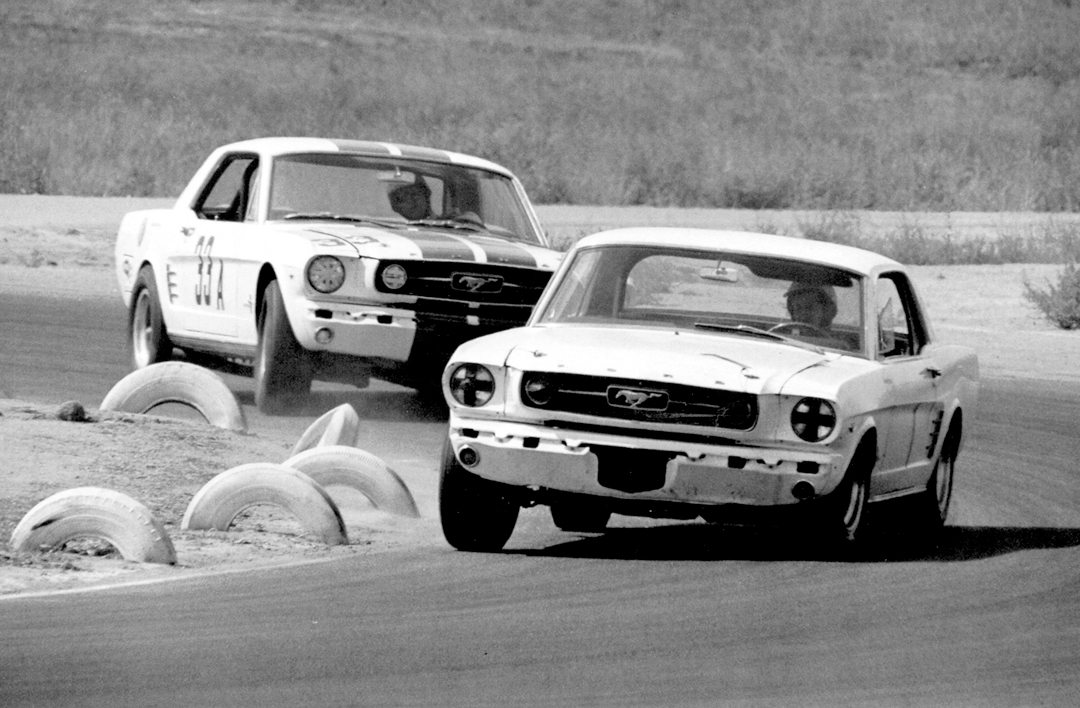The original Trans-Am was part and parcel of one of the things that made the Golden Age golden. Many of the best U.S. drivers and teams participated, as well as most of the carmakers. One aspect of its huge success was that fans and aficionados drove and identified with the very same models they saw racing.
In 1966, the Sports Car Club of America inaugurated a new professional series, the Trans-American Sedan Championship, or the Trans-Am as it was called. Formed during the “pony-car era,” it was derived from SCCA’s amateur A and B Production classes. Originally, the series was open to FIA Group 2 Touring Cars, basically two-door production sedans modified for racing. Almost every manufacturer was represented. Originally there were two classes: under and over 2 liters. In 1969, 2 liters was increased to 2.5 liters. (In 1967, the SCCA defined the 911 Porsche as a “sedan” even though the “back seats” accommodated only midgets, very small children or a medium-size dog.) Four champions were crowned each year: a driver plus a manufacturer in each class. The drivers championship, however, was unofficial until 1972 when it was formally recognized by the SCCA.
No Subscription? You’re missing out
Get immediate ad-free access to all our premium content.
Get Started



